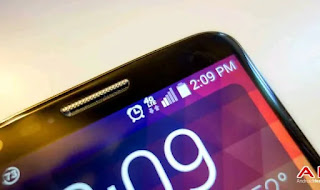What Most People Don't Know About 3G, 4G, H+, H, and E That Are Seen On Most Phones
 |
| What Most People Don't Know About 3G, 4G, H+, H, and E That Are Seen On Most Phones |
Mobile networks have been around for 40 years, and a new generation typically debuts every ten years. Different technologies have contributed to the expansion of the mobile communication sector since the first commercial mobile network was established in the 1980s.
As a result, the numerous technologies that have been developed during the last 40 years are referred to using a variety of terminologies, acronyms, and abbreviations. The definitions of each generation of mobile network—1G, 2G, 3G, 4G, and 5G—are examined in this article.
What do the phrases 3G, 4G, H+, H, and E mean on the majority of phones? The definitions of 3G, 4G, H+, H, and EYou'll be asked a lot of questions about using a phone. The phone is fantastic in every way, including how it connects to the internet and simplifies tasks from a comfort standpoint. Have you ever spotted letters like 4G, 3G, H, H+, and E on the top screen of your phone and wondered what they stood for?
The term "4G" refers to the fourth generation of mobile network technology. It is speedier and more reliable in terms of internet connectivity. In comparison to the 4G network system, the 3G network system is a little slower. The 2G generation is considerably slower than the 1G generation.
The H+/H is a sign representing high-speed packet access, often known as HSPA. Although they are capable of 100 Mbps, 4G is vastly superior. EDGE is represented by the letter E. EDGE refers to faster data rates than GSM. The slowest network type is this one. Additionally, it indicates that there is no 3G or 4G coverage in the area where the device is located.
Post a Comment